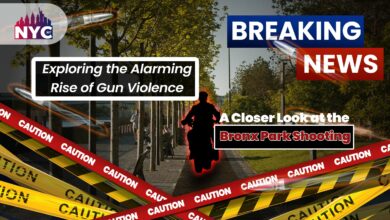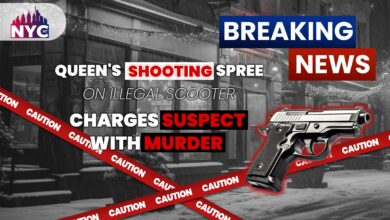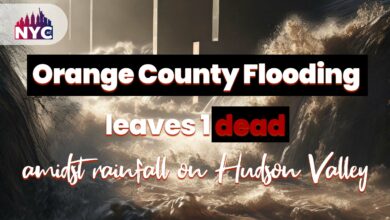The Secret Life of New York’s Public Spaces
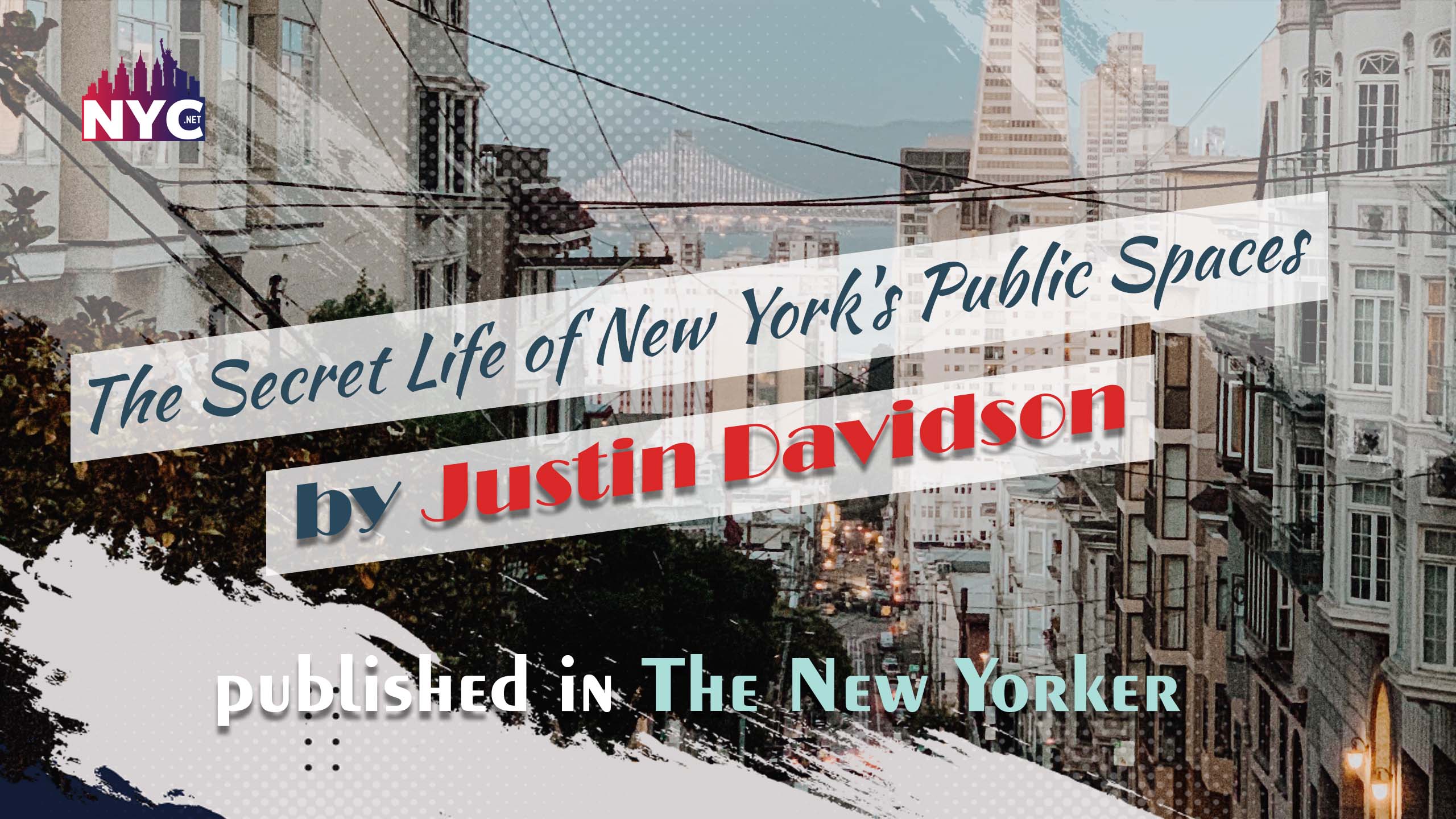
Secret Life of New York’s
Have you ever walked through a public space in your city and wondered what it was like? What was its history, or even how did it come to be? In his most recent article for The New Yorker titled “The Secret Life of New York’s Public Spaces,” Justin Davidson does just that. In this article, Justin takes the reader through the hidden stories and histories of some of New York’s most iconic public spaces. From Central Park to Times Square to Coney Island, explore the secrets and stories tucked away in each location that makes these places unique. Join us as we uncover the secret life of New York’s public spaces!
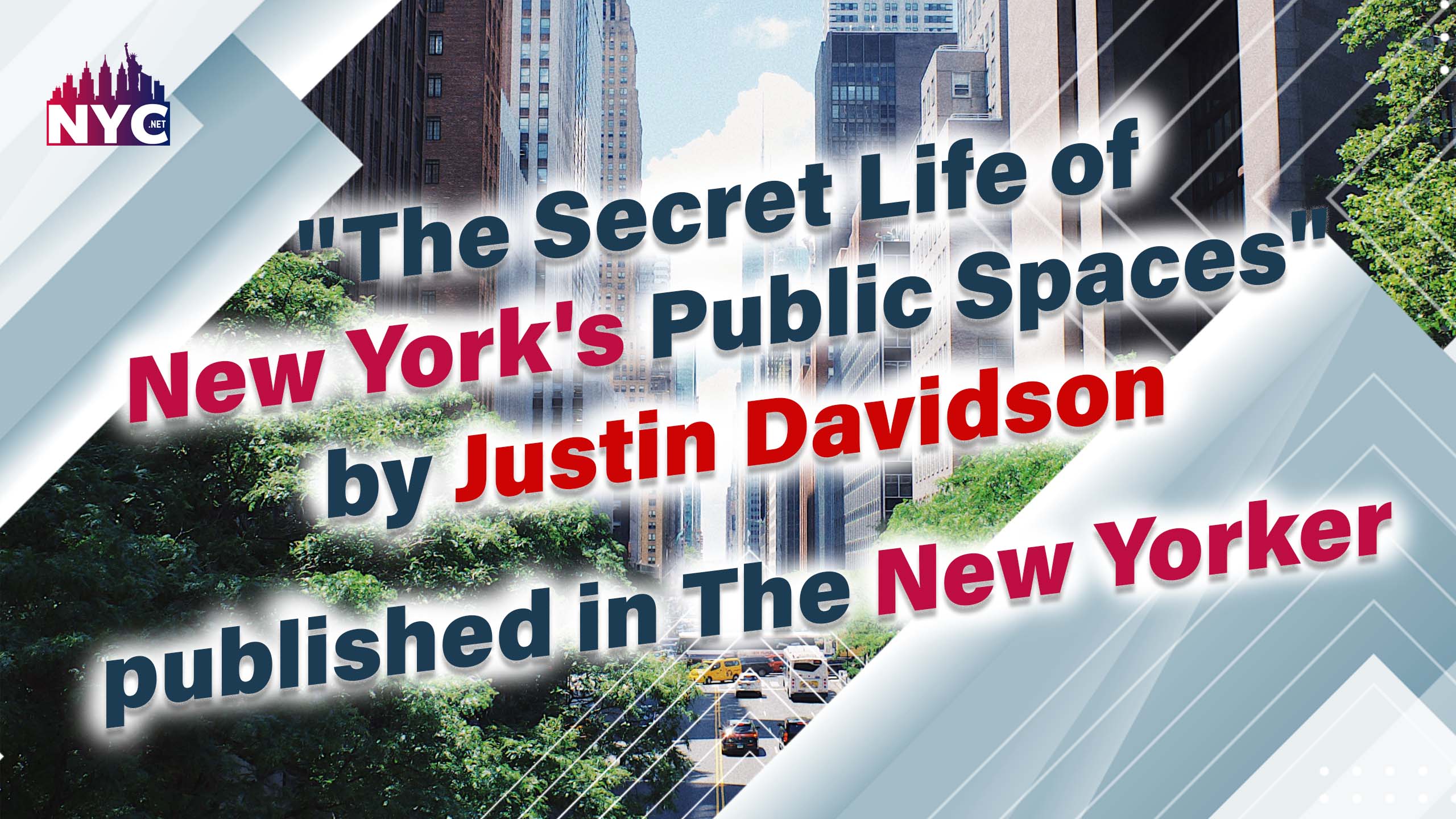
The busy sidewalks of New York City remain a constant hustle and bustle of people, vehicles, and the occasional street performer. But in between this ever-changing urban atmosphere lies a hidden world of public spaces that often go unnoticed. In his most recent article, “The Secret Life of New York’s Public Spaces,” Justin Davidson explores the overlooked gems around the Big Apple. From forgotten parks to secret staircases and alleyways—read on to discover the untold stories of these public spaces and why cities should pay more attention to them.
How public spaces are used today
Public spaces in New York City are some of the most used virtual areas in the world. They are places where people come to socialize, relax, and escape the hustle and bustle of everyday life.
Public spaces have become even more critical in recent years as we seek to connect with others and enjoy the outdoors. With so many people living in close quarters, public parks and plazas provide a much-needed respite from city life. They also serve as gathering places for protests, celebrations, and other events that unite people.
We must protect and enhance our public spaces as our city grows and changes. They are one of the things that make New York unique.
The different types of public spaces in New York City
In his article “The Secret Life of New York’s Public Spaces,” Justin Davidson describes the different types of public spaces in New York City. He describes the “manicured” public areas like Central Park and Bryant Park. He then describes the “unruly” public spaces, such as Times Square and Union Square.
Finally, he describes the “in-between” areas, such as the High Line and Brooklyn Bridge Park.
How different people use these spaces
- Different people use New York’s public spaces in different ways. Some use them for commuting, while others for recreation or socializing. Some people use them to sell goods or services, while others use them to protest or advocate for causes.
- Public spaces are essential to the fabric of New York City life. They provide places for people to come together and interact, and they play a crucial role in the city’s economy.
The history of some of these public spaces
- New York’s public spaces were largely undeveloped in the early nineteenth century. The city’s population was concentrated on the southern tip of Manhattan, and the only parks were small, private ones like Trinity Churchyard. In 1811, the commissioners charged with designing the street grid laid out a garden at City Hall Park, but it wasn’t until 1822 that it was built.
- By the 1830s, New Yorkers had begun to use the city’s public spaces for recreation and entertainment, and in 1834 they elected a mayor who made beautifying these spaces a priority.
- One of the most critical early changes was the creation of Central Park, which began in 1857 and took more than a decade to build. The park changed the face of Manhattan and shaped how New Yorkers thought about their relationship with nature. For the first time, they had a place to escape the noise and bustle of city life and experience a taste of wilderness.
- In 1876, another significant public space debuted: Prospect Park in Brooklyn. Designed by Frederick Law Olmsted and Calvert Vaux, who also designed Central Park, Prospect Park was an experiment in urban planning that aimed to create a more orderly and democratic version of nature. It featured wide open spaces for picnicking and sport and wooded areas for strolling and contemplation.
These two parks set the stage for subsequent generations of publicly
The future of New York’s public spaces
New York’s public spaces constantly evolve, and the future looks bright. The city is continually changing and growing, and new public spaces are constantly being created. Many exciting projects are underway, including a new park on the High Line, a new pedestrian plaza in Times Square, and a significant expansion of Brooklyn Bridge Park.
In addition, many smaller projects will substantially impact how New Yorkers experience their city. For example, a new program called “parklets” will allow businesses to create small parks in front of their stores, and a new app called “Street Smart” will help people find available parking spots. With so much happening, it’s clear that New York’s public spaces will continue to be an essential part of life in the city.
The people who use these public spaces
In his article “The Secret Life of New York’s Public Spaces,” Justin Davidson explores the many different types of people. The people who use public spaces in New York City. He discusses how these spaces are used by other groups of people at other times of day and for different purposes.
Davidson begins by discussing how tourists use public spaces. He notes that many public areas, such as
- Central Park
- Times Square,
These please are explicitly designed for tourists and are often crowded with them during the day. However, he observes that some tourists venture off the beaten path and explore other, less well-known public spaces.
He then turns to the topic of how residents of New York City use public space. He notes that residents often use public spaces differently than tourists do.
For example, residents may use parks for exercise or relaxing rather than sightseeing. Davidson also discusses how some residents use public space to socialize or network. While others use it as a place to escape the hustle and bustle of city life.
Overall, Davidson’s article provides a detailed exploration of the many different ways the people of New York City use public space.
The benefits of these public spaces
In his article “The Secret Life of New York’s Public Spaces,” Justin Davidson discusses the many benefits of public spaces. He writes that they provide a place for people to come together and interact. However, which leads to new relationships and friendships. They also give people a chance to escape the hustle and bustle of the city and enjoy some peace. Additionally, public spaces are available for use as a canvas for art and creativity. Moreover, making the city more beautiful and enjoyable to live in.
The challenges of these public spaces
In his blog article “The Secret Life of New York’s Public Spaces,” Justin Davidson discusses the challenges faced by those who manage public spaces in New York City. He cites the example of Bryant Park, which was once a crime-ridden mess but is now a well-kept oasis in the middle of the city. Davidson points out that the success of a public space depends on the cooperation of many different agencies.
However, often there are conflicting interests at play. For example, the Parks Department may want to keep a park clean and safe. Plus, the Police Department may be more concerned with preventing crimes that could occur there. As a result, public spaces can be challenging to manage and keep up to proper standards.
Conclusion
In conclusion, Justin Davidson’s “The Secret Life of New York’s Public Spaces” is a fascinating exploration. This explains how New Yorkers use and enjoy their public spaces. From parks and playgrounds to subway stations and sidewalks. Additionally, Davidson shows how these spaces are integral to the fabric of New York City.
While some of the uses of public space are more obvious than others. However, Davidson’s article highlights these spaces’ importance in all New Yorkers’ lives. Whether we know it or not, public space plays a vital role in our city and lives.
